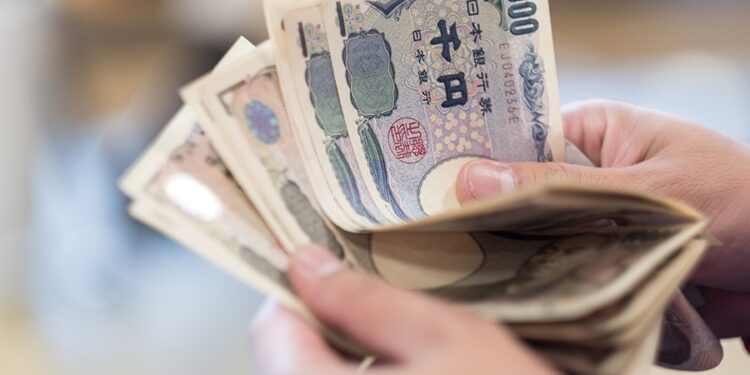In a landmark decision that would forever change the course of Japanese commerce and international trade, Japan officially adopted the yen as its national currency on 27th June 1871. This pivotal moment marked the end of centuries-old feudal monetary systems and launched Japan into the modern financial world, setting the stage for its emergence as a global economic powerhouse.
The introduction of the yen came through the New Currency Act of 1871, which transformed Japan’s monetary landscape by replacing the traditional currency units of “ryo,” “bu,” and “shu” with the modern decimal system of “yen,” “sen,” and “rin.” This revolutionary change was far more than a simple currency swap—it represented Japan’s commitment to modernisation during the Meiji Restoration period.
Under the new system, the yen was defined as 1.5 grams of gold or 24.26 grams of silver, and was divided decimally into 100 sen or 1,000 rin. This gold and silver standard positioned Japan’s currency in line with international monetary practices of the era, facilitating easier trade relationships with Western nations.
The monetary reform addressed a significant challenge that had plagued Japan’s economy for centuries. Prior to 1871, Japan operated under a complex and fragmented monetary system that included various clan notes and regional currencies that had circulated since the 16th century. This patchwork of different monetary units created substantial barriers to internal trade and economic development.
The yen’s introduction was integral to the Meiji Restoration, which marked the start of Japan’s modernisation and opening to the rest of the world. The government recognised that a unified, standardised currency was essential for Japan to compete in the global marketplace and attract foreign investment.
The new currency system also reflected Japan’s careful study of Western economic models. The government sent observers to the United States and initially copied the decentralised American system, though notably without establishing a central bank at first. This pragmatic approach demonstrated Japan’s willingness to learn from other nations whilst adapting foreign systems to suit its own needs.
The timing of this monetary reform was strategic. Japan was emerging from over two centuries of isolation under the Tokugawa shogunate and needed to establish credible financial institutions to engage with international partners. The yen provided that credibility, offering foreign traders and investors a stable, recognisable currency backed by precious metals.
The success of the 1871 currency reform laid the foundation for Japan’s rapid industrialisation in the following decades. By creating a unified monetary system, the government eliminated one of the major obstacles to domestic commerce and foreign trade. This decision would prove prescient, as Japan transformed from a feudal society into a modern industrial nation within a single generation.
The yen’s introduction represents one of the most successful currency reforms in modern history. From its humble beginnings in 1871, the yen has evolved to become one of the world’s major reserve currencies, a testament to the foresight of Japan’s Meiji-era reformers who recognised that monetary modernisation was essential for national development.
REFH – newshub finance











Recent Comments